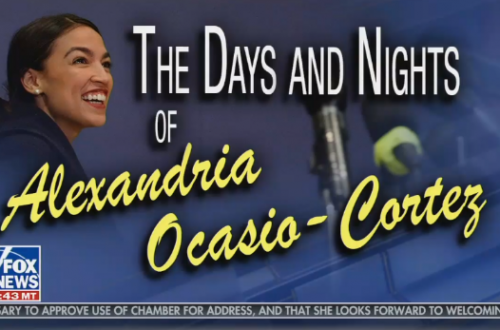A news item which suggests that a 7% cut in the arts budget is forthcoming delights Stephen Pollard
I read that and thought ‘hurrah’. To me, the 7 per cent ‘cut’ (I doubt they are real cuts rather than a reduction in the increase) in the arts budget is a small but welcome development. The complaint should be that it too small.
Oliver Kamm favours the arts subsidy. His argument is that:
I should contribute to the public provision of ballet if other taxpayers do, because the alternative is a system of sponsorship that on average would militate against aesthetic quality.
Kamm attributes Pollard’s support for the ending of a public subsidy for the arts, not to philistinism, but rather to an argument of principle, which Kingsley Amis summarised as follows:
The moment artists are paid in advance (which is what a subsidy means) they are tempted to become wasteful and self-indulgent, showing off to their cronies instead of having to appeal to the public. What the public wants may not be the perfect guide but it’s better than what administrators and bureaucrats decide we should have.
At a consumer of subsidised arts, I naturally side with Oliver Kamm. If I wanted an argument against wasteful and self-indulgent works of art, I couldn’t do much better than this piece by David Thompson:
Among our current titans of conceptual art – around which art bollocks is most densely congealed – practical craft and expertise are often viewed as irrelevant, irredeemably passé or politically unsound. During a Guardian debate with former ICA chairman Ivan Massow, Jake and Dinos Chapman dismissed craftsmanship as mere cosy capitalist folly: “You see, in our most humble opinion, the overt fetishisation of pastoral handicrafts by the bourgeoisie served the purpose of obscuring the true relations of Capital…”
The results of this conceptual approach are not so much art as a commentary on art – and, inadvertently, a commentary on the shortcomings of art education. And one should not discount how readily egalitarian assumptions and economic influence can be brought to bear in this realm. Whereas creative genius is, by definition, unequally distributed and often expensive to develop, theoretical facility is cheap to disseminate and all too easy to regurgitate. While very few of us can hope to create things of extraordinary beauty, rather more of us can learn to “reference” things of beauty or, better yet, to say why beauty doesn’t matter. Interviewed in the Guardian, the conceptual artist Gavin Turk said: “My work is full of quotations – as though I’m a DJ recycling other people’s work. I’m just doing what everybody else does, but more explicitly. What really interests me is the charade of creativity…”
Thompson thinks that the root of “art bollocks” lies in contemporary postmodern “art theory” rather than public subsidy – and quotes the art critic, Jonathan Jones:
An unspoken sense of intellectual inadequacy has, Jones argued, resulted in “a facsimile of thinking” – one in which evidence and substantive argument are replaced by obfuscation and sheer weight of words. “Art today likes to think of itself as very, very clever,” he wrote. “You can learn all these big words – ‘narrativisation’ is a good one – and feel you know something. Knowledge, however, only comes from a sensory encounter with the world, and knowledge of art from a direct study. Forget the visual theories… There is no good work of art that cannot be described in intelligible English, however long it might take, however much patience is required.”
I’m unconvinced by Amis’ objection. If Jones is right, Amis’ point solves nothing. In any case, Jake and Dinos Chapman are quite capable of earning their crust by means of selling their works to affluent businessmen and other private collectors. Kamm thinks that “vapid populism” is the product of “business sponsorship”: but I like lots of things that Oliver Kamm thinks are vapid and populist. It isn’t vapid populism I object to: it is neologism-heavy obscurantist quasi-philosophical theorising that gets my goat. And “critical theory” is not exclusively a child of public or private funding. Both nationalised Universities, in Europe, and well endowed private universities , in the United States, are home to prominent and respected critical theorists who have been churning out bollocks for years.
At one stage in my academic life, I was reasonably well versed in post-structuralist theory, and concluded eventually that it was nihilistic rubbish. Strangely though, the rejection of the mumbo-jumbo approach to philosophy didn’t leave me with a mistrust or dislike of conceptual art.
I was lucky enough to see Jake and Dinos Chapman’s 1995 work, What The Hell: a titanic panorama, which draws on Goya’s “Disasters of War” and Bosch’s “Garden of Earthly Delights“, filling nine cases in single room, in which hundreds of minature models of SS officers were tortured in hell by equally tiny mutants:



Now, all lost. Destroyed, tragically, in a warehouse fire in 2004.
Perhaps these images say with me because I am a sucker for vapid populism, or because I am suffering from post traumatic stress disorder as a result of seeing them, or even because exposure to critical theory did me more damage that I appreciated.
But, nevertheless, I mourn its destruction.


